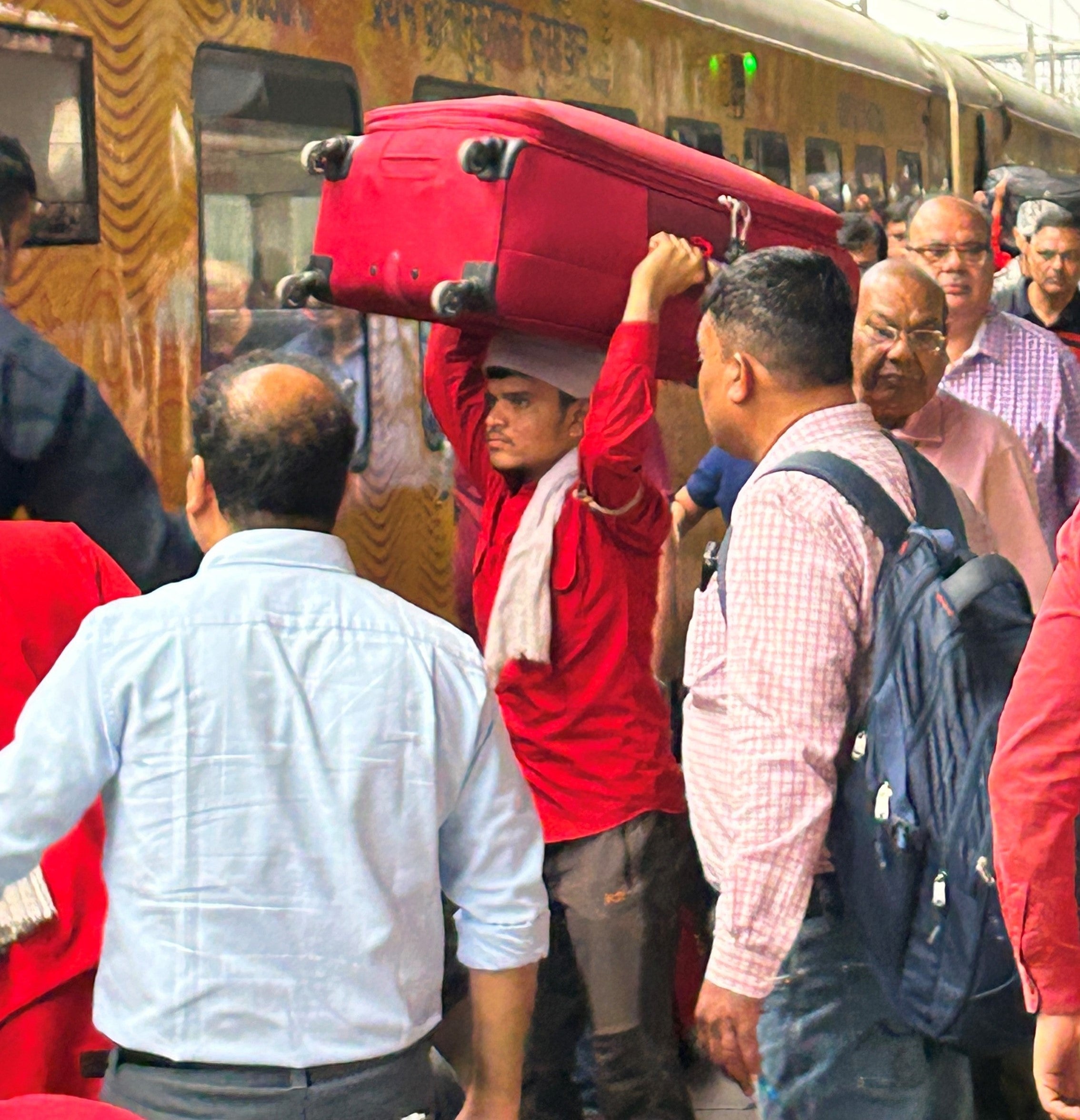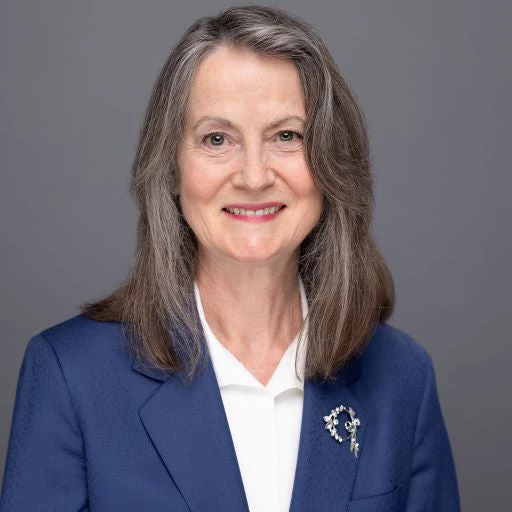 Many countries want to upgrade their railways or build new lines.
Many countries want to upgrade their railways or build new lines.
#COP28 WATCH: Unlocking the Potential of Railways through Climate Finance
December 6, 2023; 16:00-16:45 GST
Railways connect people to opportunities and markets. People use railways to get to their jobs, to visit family, to travel to school. And railways help people get the things they produce to markets, the food they eat from farms to their tables, the goods they enjoy from distant factories to their doorstep.
And railways do it all in a green way. Railways are very energy efficient, so they produce 70-80% less greenhouse gas emissions than cars, trucks, or airplanes. That is why many countries—including low- and middle-income countries—want to upgrade their railways or build new lines.
The amount of investment needed is substantial. The McKinsey Global Institute estimated that USD 300 billion additional investment in railways is needed every year, just to keep pace with expected economic growth and more would be needed to reach the United Nations Sustainable Development Goals and to make rail infrastructure climate resilient. A recent UIC white paper estimates that low- and middle-income countries would need between $25 and $80 billion annually between now and 2050. A lot of money will be needed!
Fortunately, lots of organizations and investors want to support green investments, and a variety of climate specific financing instruments and incentive mechanisms have been developed to do just that. I would like to talk about three of them today and how we can put them to work for railways.
Climate funds. These are multilateral, bilateral, and philanthropic funds that provide grants and concessional financing specifically to promote investment in climate change mitigation and adaptation measures. The challenge with climate funds is that their resources are relatively limited—in 2020 their total funding was $5 billion—and only a fraction of that went to rail. So we can certainly work on getting a larger share for railways, but the real impact of these funds is if we can use then to de-risk investments to leverage other financing.
An example of this leveraging is the construction of a light rail transit system in Costa Rica that will be powered by more than 90% renewable energy. The Global Climate Fund is financing $250 million of debt and providing a $21 million grant, with other financing coming from the Central American Bank for Economic Integration and private equity from a PPP element.
Carbon finance markets. These enable trading in carbon credits (the saving of GHG emissions) or allowances (the right to emit a certain amount of GHG). In voluntary markets, entities that take actions to permanently reduce GHG emissions can sell the “rights” to these reductions to entities that want to offset their emissions. In compliance markets, regulations restrict the amount of GHG emissions allowed. Entities that emit more than their allowed amount can buy the right to emit from another entity that is not using its full allowance. In both cases, a third-party verification agency applies standards to make sure that the GHG emissions have been saved and are not claimed more than once.
So far, railways have not benefitted much from carbon markets. The carbon market standards and regulations that qualify rail carbon savings are lacking. That can be changed! The operator of the Kochi metro project in India is currently trying to qualify the metro for carbon credits by certifying its saved GHG emissions, resulting from the shift in traffic from road to public transport. If successful, the carbon credits would generate extra income for the metro.
Sustainable commercial financing: Green loans and bonds finance specific green investments, for example, electric locomotives. The sustainability-linked bonds and loans can be used for any purpose if agreed performance indicators related to sustainability are met. The amount of sustainable commercial finance is much larger than concessional finance – Just green bonds issued in 2022 amounted to $487 billion—and use of these instruments is growing rapidly.
Other than their sustainability aspects, these instruments are just like any commercial finance. Borrowers must be credit worthy to access them. And this is the challenge. While some railways are creditworthy, many in developing countries are not. Either their funding is inadequate or other aspects of their financial situation are too risky to qualify for commercial financing. The good news is that this can changed. Measures such as improving corporate governance of the railway, encouraging growth in profitable freight traffic, restructuring responsibility for funding of loss-making services or debts, and leveraging land value, can change the financial picture.
The World Bank has a whole toolkit on railway reforms, and we are happy to work with developing countries to localize these measures.
An example of a railway accessing sustainable commercial financing is Moroccan Railways’ Green Bond. World Bank supported the Government of Morocco and the railway to restructure its balance sheet, shedding certain debt, to pave the way for issuing a Green Bond for approx. USD 95 million.
So what would it take to scale up climate-specific financing of railways?
-
Climate funds should be used to de-risk projects and leverage commercial financing.
-
In carbon markets, we need:
o Verification Agencies to develop monitoring, reporting, and verification standards
o In compliance markets, regulations should be expanded to cover surface transportation including rail.
- And for biggest impact, Governments and railways need to work together to make their railways creditworthy to access sustainable commercial financing.
Unlocking these additional sources of financing will help pave the way for the decarbonization of transport and lasting sustainable economic development.



Join the Conversation